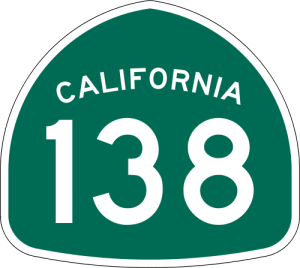Insurance adjusters in California are merely employees of an insurance company. They are charged with the task of examining insurance claims for payment. They are considered the frontline in the war against the never-ending onslaught of accident claims. It is their job to pay out as little as acceptable. Many are capable, trustworthy citizens but there are some who will go the extra mile to save the company some money, even if it means bilking you out of your reasonable claim for reimbursement.
The most startling fact about insurance adjusters, the fact people must be continually reminded of, is their job is not to make it possible for accident victims to recoup their damages but to keep that from happening whenever possible. They are paid and often given bonuses to save the company from paying as many claims as possible. They meticulously search for any chance to deny each claim that crosses their desk. The reason this fact is so hard to remember is because they are so good at distracting victims from it. They strive to appear kind, caring, well-meaning and concerned for the victim. This is a falsehood.
 Personal Injury Lawyer Blog
Personal Injury Lawyer Blog











